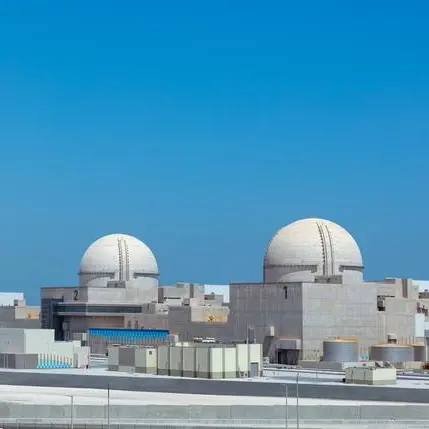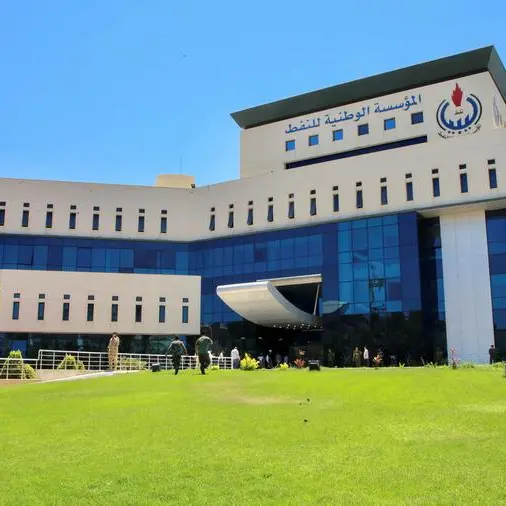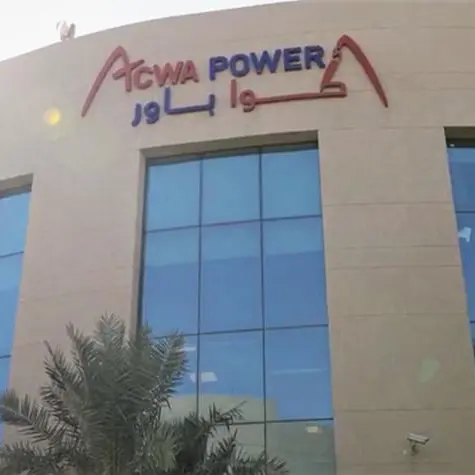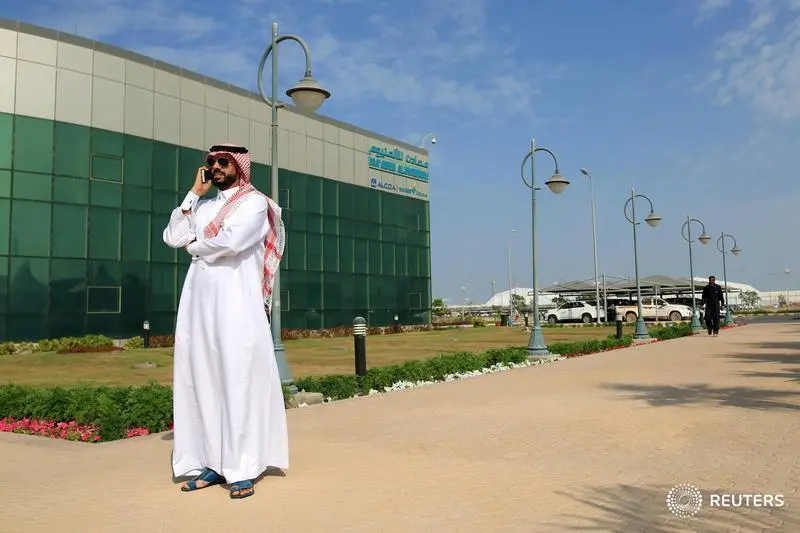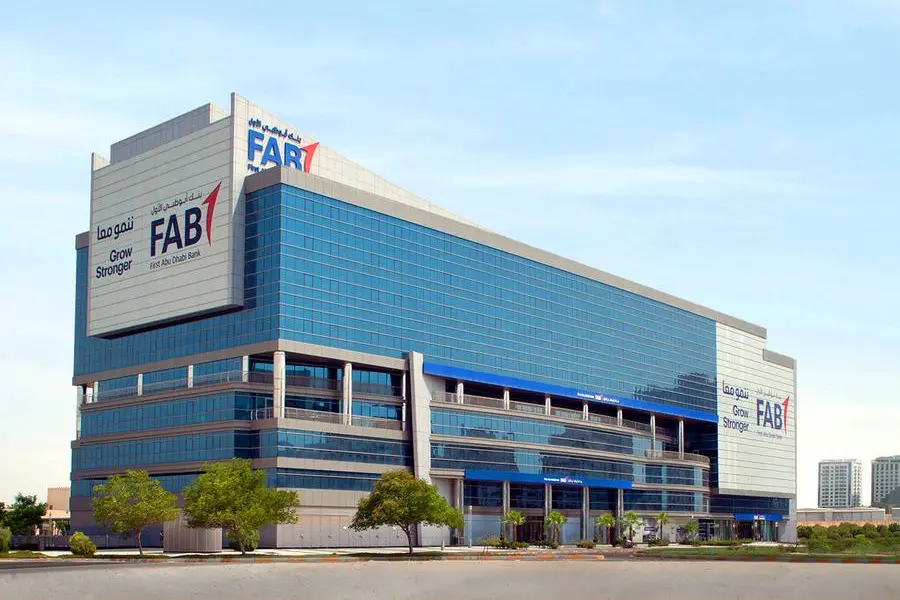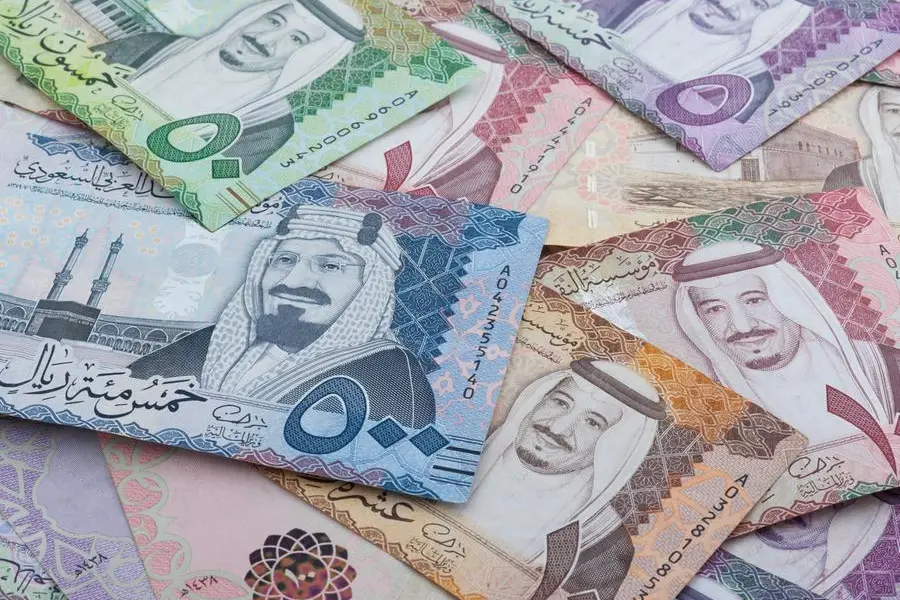PHOTO
Riyadh -- Saudi Arabia's industrial sector consumes about 48% of the Kingdom's primary energy, with energy-intensive industries (petrochemicals, cement, iron and aluminum) accounting for approximately 70% of the sector's energy consumption.
In view of this, the Saudi Energy Efficiency Center (SEEC) seeks to improve the efficiency of energy consumption and feedstock utilization in the industrial sector.
It has set policies and targets to improve energy efficiency in the industrial sector in the Kingdom, and has followed up on the compliance of companies falling under the targeted industries (petrochemicals, cement, iron and aluminum) with the standards and requirements, in cooperation with relevant government agencies. It has also determined the targets of energy intensity levels for existing and new plants in the Kingdom.
SEEC follows up with plants and help them achieve the targets periodically through several phases (the first phase 2014-2019, the second 2020-2025).
The savings achieved at the end of the first phase amounted to approximately 25,000 barrels of oil equivalent per day.
SEEC aims to achieve additional savings of approximately 54,000 barrels of oil equivalent per day by the end of 2025.
It also plans to study non-targeted industrial sectors and identify appropriate mechanisms to improve the efficiency of their energy consumption. Due to the multiplicity and diversity of these sectors, and the limited availability of international standards for their energy efficiency, SEEC has launched the Energy Management Program that aims to enhance the energy efficiency culture across these sectors in Saudi Arabia.
The Energy Management Program seeks to achieve three main objectives: enable the facilities to achieve energy savings; establish the energy efficiency culture; ensure the comprehensiveness of the program, to cover all industrial sectors.
SEEC aims to improve the efficiency of energy production in the Kingdom in three main sectors, industry, buildings and land transport, by developing mechanisms and initiatives for each sector, defining objectives, plans and policies, proposing projects to ensure energy efficiency, and issuing technical regulations, standards and procedures that achieve energy efficiency in coordination with the relevant authorities.


